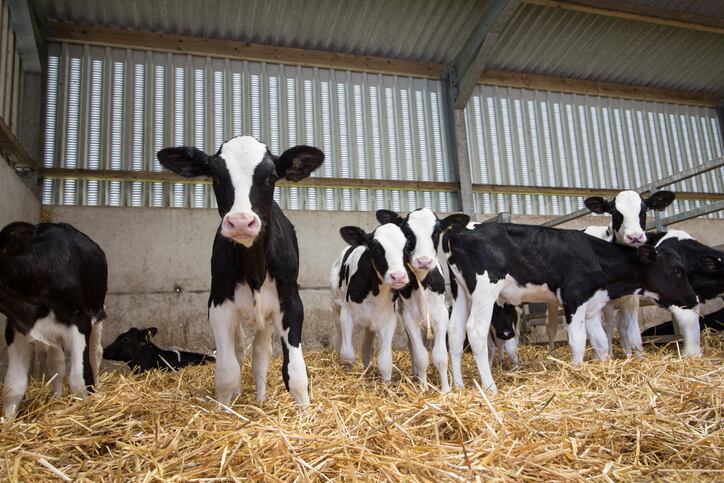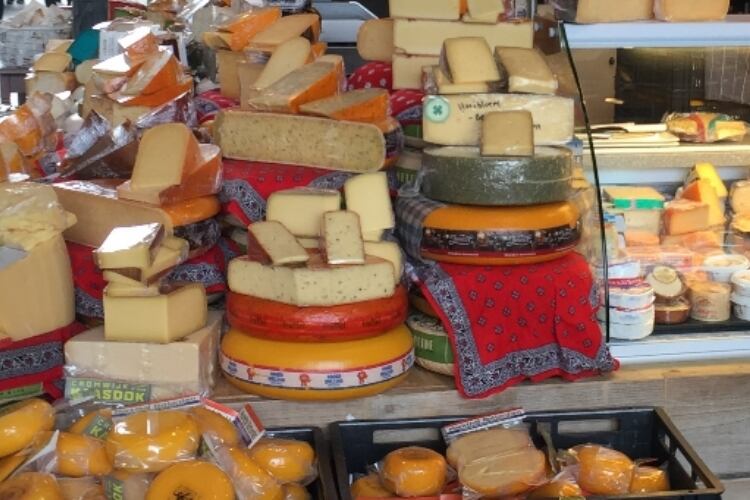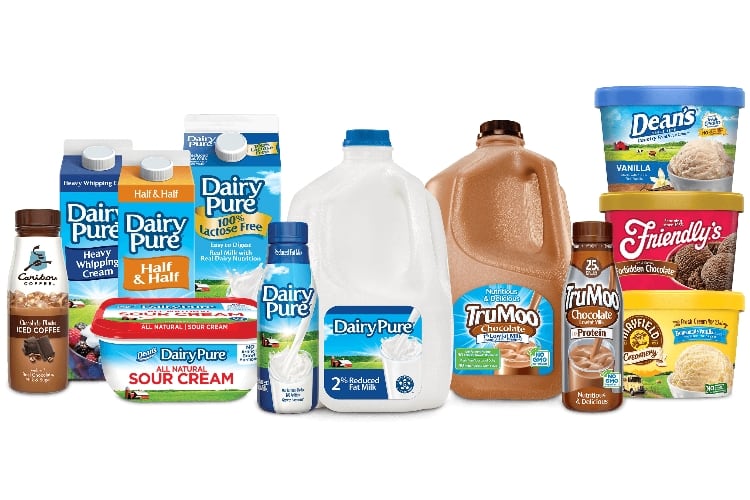In the last 10 years, breeding technology for dairy production has advanced to the mainstream. Genomic testing costs have come down and are no longer used just for elite breeding animals. A new Rabobank report looks at how this tech is reshaping US dairy herds.
Report author Ben Laine analyzed genomic testing, sexed semen and dairy-beef cross breeds. He thinks much of the recent advancements have been driven by the challenging conditions dairy farmers have faced for several years now. It is forcing innovation to maximize revenue in different areas of the farm.
Laine told DairyReporter, “Genomic testing is really about data. It’s looking at the genomic results of each of these calves and understanding the potential traits they have and how they would perform in the milking herd, or where they’re best diverted on the farm.”
A risk of getting left behind
It’s more common now for farmers to be incorporating some type of breeding tech as a constant piece of their business. Laine said many farms are still hesitant to use it, but there are a lot of different ways to approach it.
Some may do one round of genomic tests on each animal to collect benchmark data of its traits, and then use more traditional methods of combining parent traits. And others choose to test every calf born on the farm.
The report said, “Genomic testing is commonly paired with the use of sexed semen, another genetic technology which has become commonplace in the dairy industry. Sexed semen increases the likelihood of a cow’s offspring being female to over 90%. That allows the genetics of the most favorable cows to be maintained in the milking herd.”
These types of practices usually skew more toward the medium and large scale dairy farms, according to Laine. Smaller farms tend to have a better handle on their herd because they are closer to it and can keep track of the numbers more easily.
So while they might not see as much initial benefit in the technology investment, Laine said, “It’s gone from a niche part of the industry to the point where now, if producers aren’t looking to at least figure out how they might incorporate these technologies, they risk starting to fall behind.”
He advises smaller dairy farmers to begin looking at specific traits. An organic dairy can test for traits that lend themselves better to grass and feed conversion for grazing; a robotic dairy might look at physical traits that are better suited for robotic milking.
Fine-tuning specific traits
Another incentive for farmers to invest in breeding technology is the demand of today’s consumer for more knowledge about where their food comes from, and more understanding of the components of their food.
Laine believes that becoming more attuned to the makeup of the nutrients in milk is important to innovating and developing new milks, like a2. And in the future, farmers can dig deeper into minute details about genetic traits of the herd.
About 65% of current genomic calculations in dairy calves are related to health and fitness traits, and 35% are related to production traits.
“I think it’s really going to be about fine-tuning a lot of specific traits. We’ve seen the dairy industry segment into a lot of [different categories.] In fluid milk we have a2, organic, grass fed,” he said.
“We can get into even more differentiation, whether it’s fat or protein components, and understand more about the makeup of these things down to the genetic level of the herd.”
Similar trends are likely to keep milk production up, and hopefully drive environmental benefits through better feed efficiency and more milk produced with fewer resources, according to the report.
“These technologies, when properly combined, are leading to better breeding practices, more certainty around parentage, and new revenue streams for dairy producers.”



